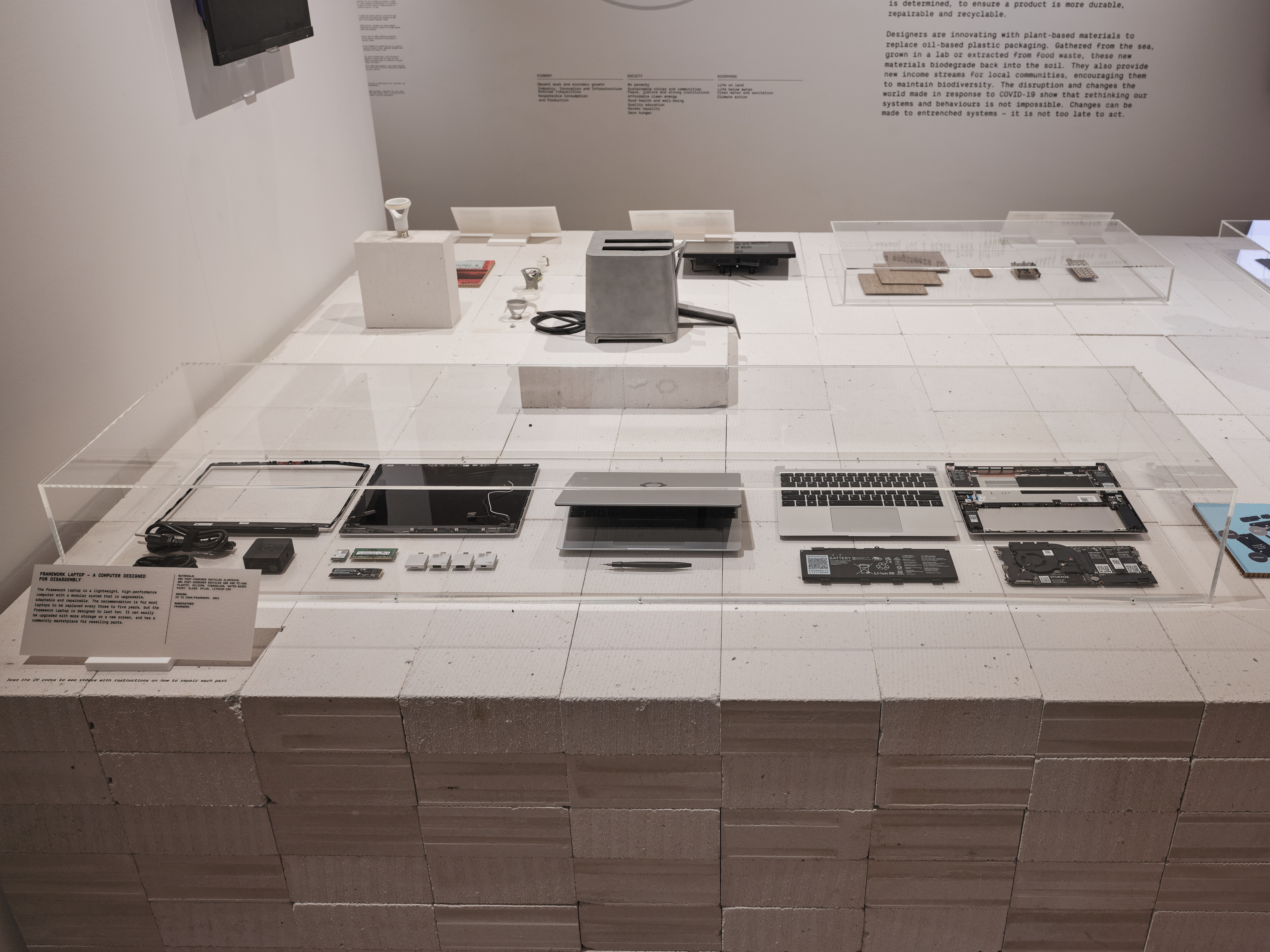|
Configuration Design
Configuration design is a kind of design where a fixed set of predefined components that can be interfaced (connected) in predefined ways is given, and an assembly (i.e. designed artifact) of components selected from this fixed set is sought that satisfies a set of requirements and obeys a set of constraints. The associated ''design configuration problem'' consists of the following three constituent tasks: # Selection of components, # Allocation of components, and # Interfacing of components (design of ways the components interface/connect with each other). Types of knowledge involved in configuration design include: * Problem-specific knowledge: ** Input knowledge: *** Requirements *** Constraints *** Technology ** Case knowledge * Persistent knowledge (knowledge that remains valid over multiple problem solving sessions): ** Case knowledge ** Domain-specific, method-independent knowledge ** Method-specific domain knowledge ** Search-control knowledge See also * Systems design ... [...More Info...] [...Related Items...] OR: [Wikipedia] [Google] [Baidu] [Amazon] |
Design
A design is the concept or proposal for an object, process, or system. The word ''design'' refers to something that is or has been intentionally created by a thinking agent, and is sometimes used to refer to the inherent nature of something – its design. The verb ''to design'' expresses the process of developing a design. In some cases, the direct construction of an object without an explicit prior plan may also be considered to be a design (such as in arts and crafts). A design is expected to have a purpose within a specific context, typically aiming to satisfy certain goals and constraints while taking into account aesthetic, functional and experiential considerations. Traditional examples of designs are architectural and engineering drawings, circuit diagrams, sewing patterns, and less tangible artefacts such as business process models.Dictionary meanings in the /dictionary.cambridge.org/dictionary/english/design Cambridge Dictionary of American English at /www. ... [...More Info...] [...Related Items...] OR: [Wikipedia] [Google] [Baidu] [Amazon] |
Systems Design
The basic study of system design is the understanding of component parts and their subsequent interaction with one another. Systems design has appeared in a variety of fields, including sustainability, computer/software architecture, and sociology. Product Development If the broader topic of product development "blends the perspective of marketing, design, and manufacturing into a single approach to product development," then design is the act of taking the marketing information and creating the design of the product to be manufactured. Thus in product development, systems design involves the process of defining and developing systems, such as interfaces and data, for an electronic control system to satisfy specified requirements. Systems design could be seen as the application of systems theory to product development. There is some overlap with the disciplines of systems analysis, systems architecture and systems engineering. Physical design The physical design relates to t ... [...More Info...] [...Related Items...] OR: [Wikipedia] [Google] [Baidu] [Amazon] |
Modular Design
Modular design, or modularity in design, is a design principle that subdivides a system into smaller parts called ''modules'' (such as modular process skids), which can be independently created, modified, replaced, or exchanged with other modules or between different systems. Overview A modular design can be characterized by functional partitioning into discrete scalable and reusable modules, rigorous use of well-defined modular interfaces, and making use of industry standards for interfaces. In this context modularity is at the component level, and has a single dimension, component slottability. A modular system with this limited modularity is generally known as a platform system that uses modular components. Examples are car platforms or the USB port in computer engineering platforms. In design theory this is distinct from a modular system which has higher dimensional modularity and degrees of freedom. A modular system design has no distinct lifetime and exhibits flexibility i ... [...More Info...] [...Related Items...] OR: [Wikipedia] [Google] [Baidu] [Amazon] |
Morphological Analysis (problem-solving)
Morphological analysis or general morphological analysis is a method for exploring possible solutions to a multi-dimensional, non-quantified complex problem. It was developed by Swiss astronomer Fritz Zwicky.Ritchey, T. (1998)General Morphological Analysis: A general method for non-quantified modeling. General morphology has found use in fields including engineering design, technological forecasting, organizational development and policy analysis. Overview General morphology was developed by Fritz Zwicky, the Bulgarian-born, Swiss-national astrophysicist based at the California Institute of Technology. Among others, Zwicky applied morphological analysis to astronomical studies and jet and rocket propulsion systems. As a problem-structuring and problem-solving technique, morphological analysis was designed for multi-dimensional, non-quantifiable problems where causal modelling and simulation do not function well, or at all. Zwicky developed this approach to address seemingl ... [...More Info...] [...Related Items...] OR: [Wikipedia] [Google] [Baidu] [Amazon] |
Constraint Satisfaction Problem
Constraint satisfaction problems (CSPs) are mathematical questions defined as a set of objects whose state must satisfy a number of constraints or limitations. CSPs represent the entities in a problem as a homogeneous collection of finite constraints over variables, which is solved by constraint satisfaction methods. CSPs are the subject of research in both artificial intelligence and operations research, since the regularity in their formulation provides a common basis to analyze and solve problems of many seemingly unrelated families. CSPs often exhibit high complexity, requiring a combination of heuristics and combinatorial search methods to be solved in a reasonable time. Constraint programming (CP) is the field of research that specifically focuses on tackling these kinds of problems. Additionally, the Boolean satisfiability problem (SAT), satisfiability modulo theories (SMT), mixed integer programming (MIP) and answer set programming (ASP) are all fields of research focusi ... [...More Info...] [...Related Items...] OR: [Wikipedia] [Google] [Baidu] [Amazon] |
Bob Wielinga
Bonne Jan "Bob" Wielinga (3 October 1945, Amsterdam at the ''Album Academicum'' website – 10 February 2016, Amsterdam) was a Dutch professor at the . Wielinga studied physics at the University of Amsterdam, where he was awarded a PhD in 1972 for a study in nuclear physics. He has performed research on the methodology of knowledge-based system design and knowledge acquisiti ... [...More Info...] [...Related Items...] OR: [Wikipedia] [Google] [Baidu] [Amazon] |

